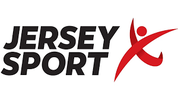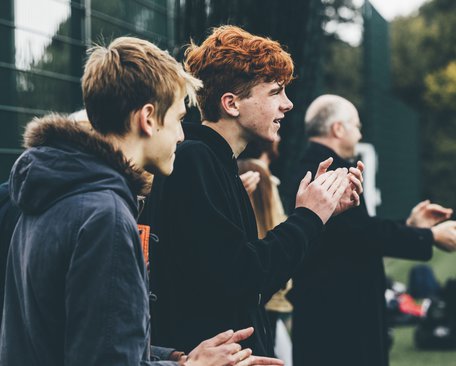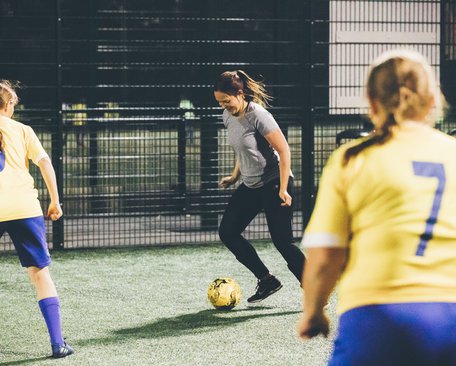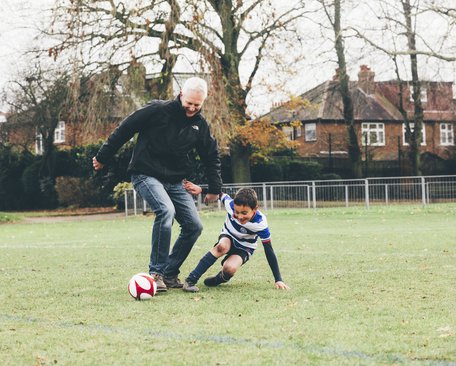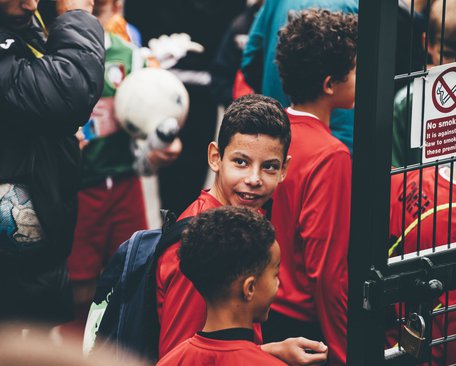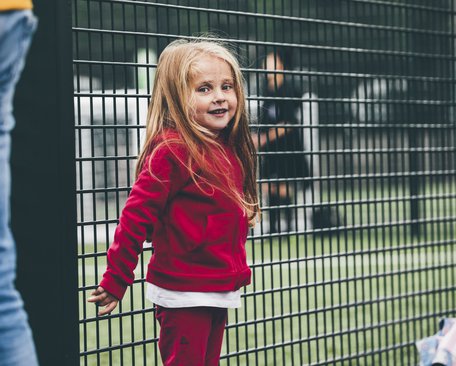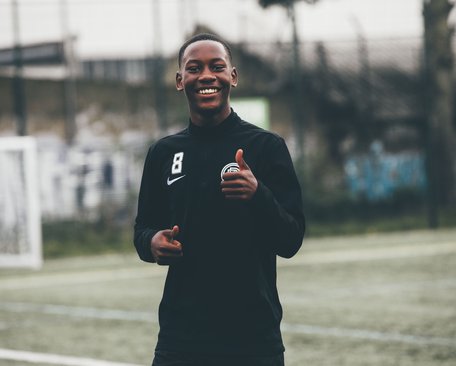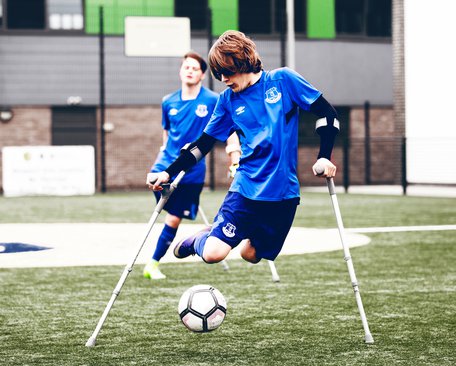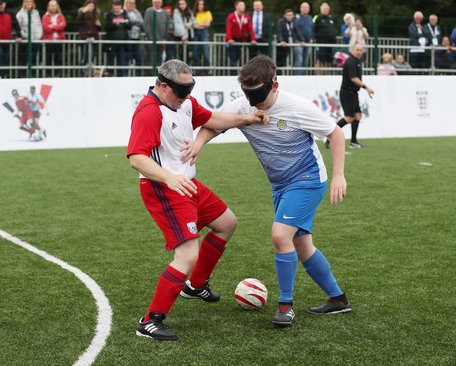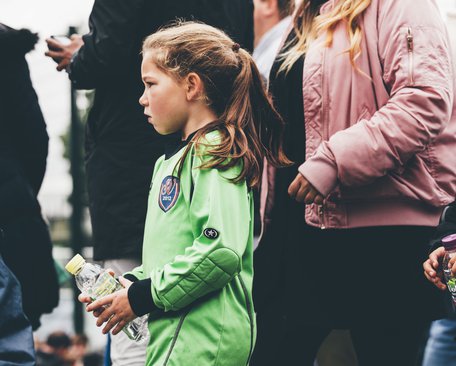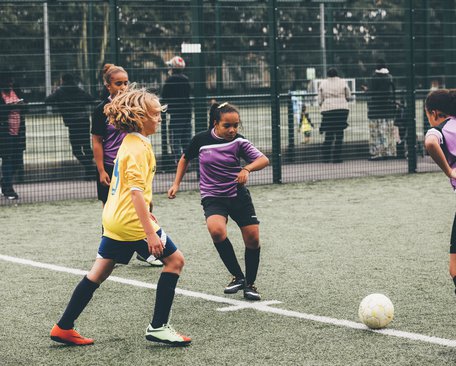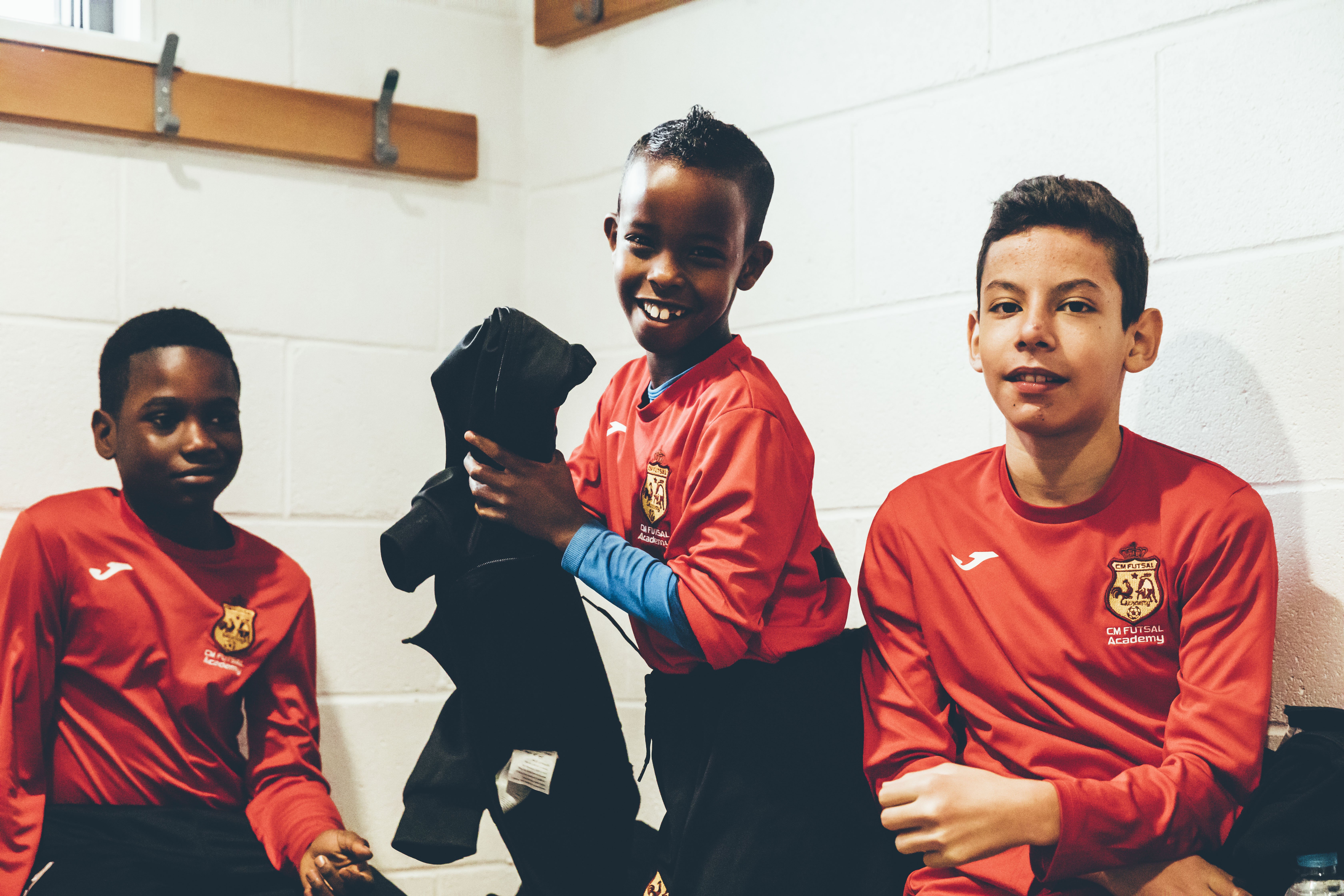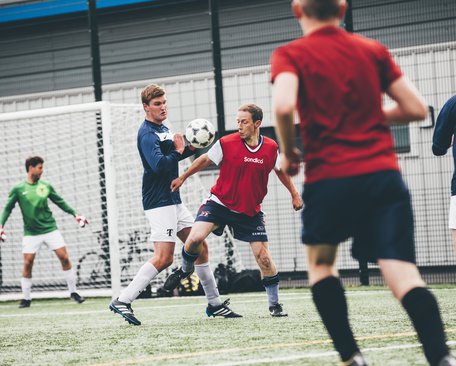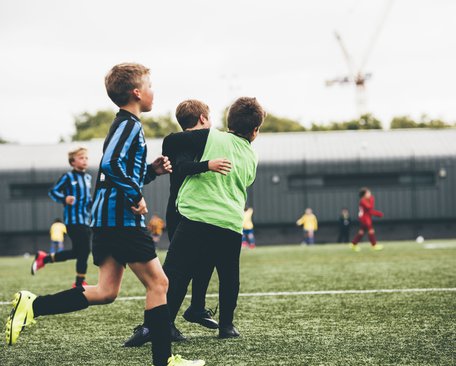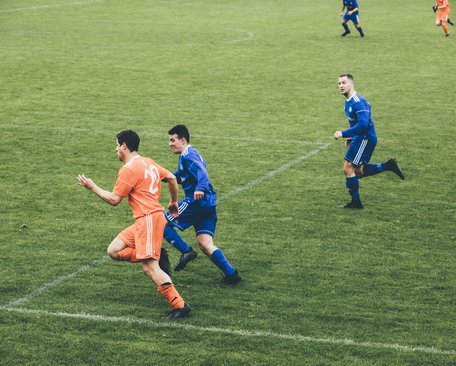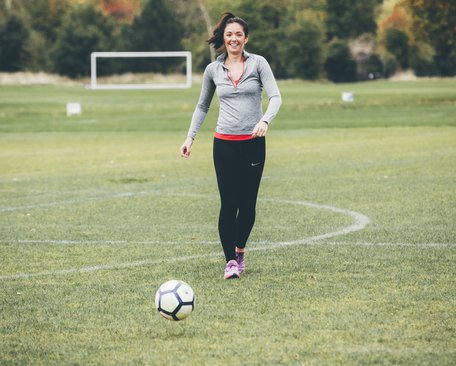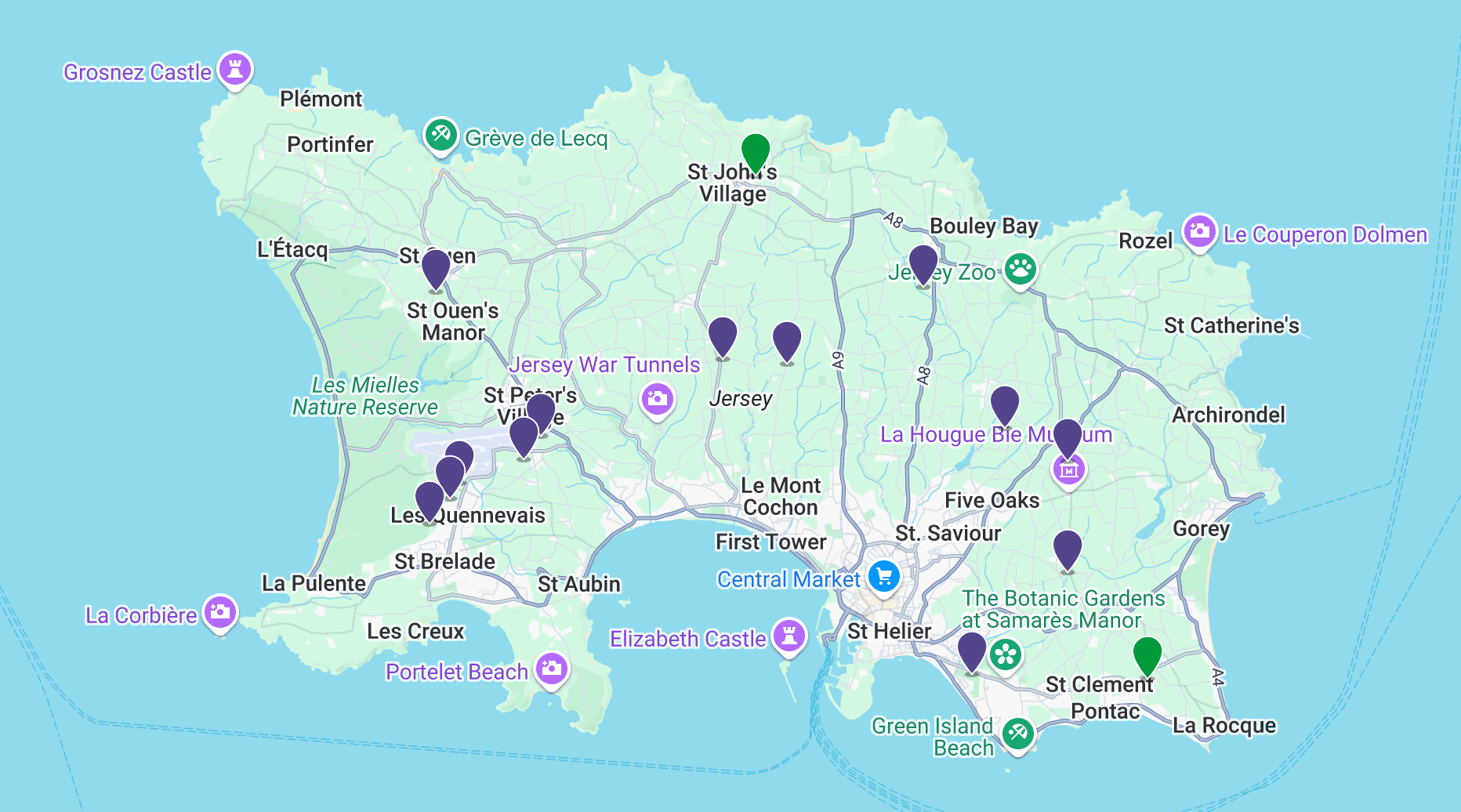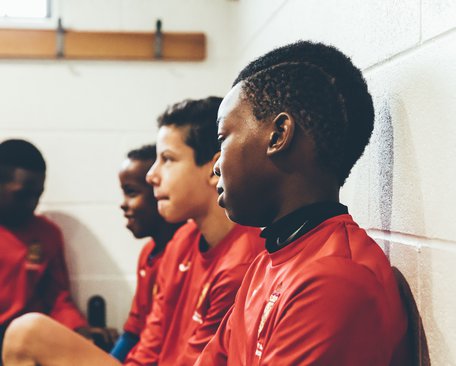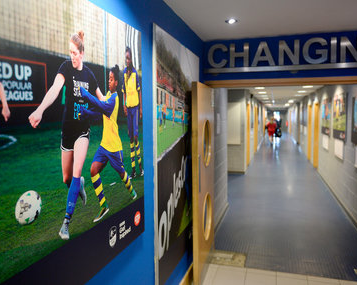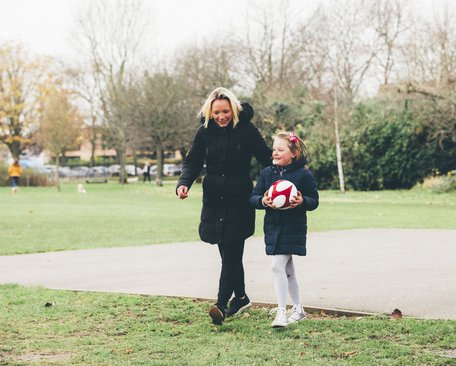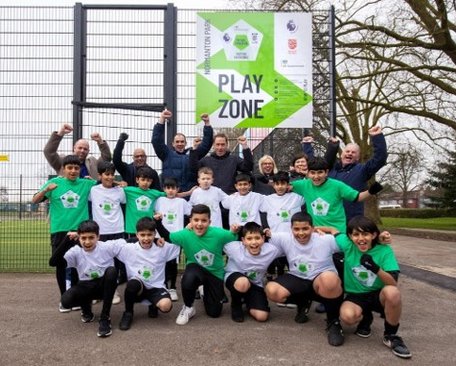Below is a list of opportunities and funding available to support this ambitious work:
PitchPower: PitchPower is the Football Foundation's free web app for inspecting grass football, rugby and cricket pitches. Using a smart phone or tablet, a pitch inspection can be completed at the touch of a button. This provides a detailed assessment report with recommendations on improving the quality of grass pitches. The PitchPower app is available to all pitch operators as a way to assess grass pitch quality and gain access to grass pitch improvement recommendations. See Football Foundation | PitchPower
The Grass Pitch Maintenance Fund: The fund provides eligible organisations with a tapered six-year grant to help them sustain pitches already at a 'good' level and enhance pitches that are either considered 'poor' or 'basic'. to be eligible, organisations such as clubs and leagues must use the PitchPower web app to assess their pitches. Grants are also available towards maintenance machinery and equipment identified through a PitchPower report. Football Foundation | Grass Pitch
Home Advantage: 87% of grassroots football is played on grass with government (in the case of Crown Dependencies) or local authority-owned pitches making up 60% of those used for the affiliated game. However, budget pressures often mean authorities lack the resources to maintain their grass pitches to a high standard, contributing towards the thousands of match postponements every season due to poor quality pitches.
The Home Advantage Programme aims to support grassroots clubs and organisations to take on long-term leases of sites they play at. Click the link to find out more Home Advantage Programme | Football Foundation
The Football Foundation Groundskeeping Community: a free platform that helps connect people to expert grass pitch knowledge and support. The main objectives are:
- To provide accessible learning resources to help further and extend knowledge
- To connect with leading industry experts and peers, to exchange tips & insights with fellow volunteers & professionals across the country
- To collaborate and build a community through case studies and discussion points
Sign up - Football Foundation (hivelearning.com)
Small grants: Grants up to £25k are available for items such as fencing and storage containers: Fencing | Football Foundation Storage containers | Football Foundation
Given the range of funding opportunities available, and the comparably shorter-term and accessible nature of grants opportunities for grass pitch improvements (versus major capital projects such as 3G FTPs and pavilions), specific investment priorities are not identified via Local Football Facility Plans. Prospective applicants are encouraged to discuss their requirements with their County FA in the first instance.



